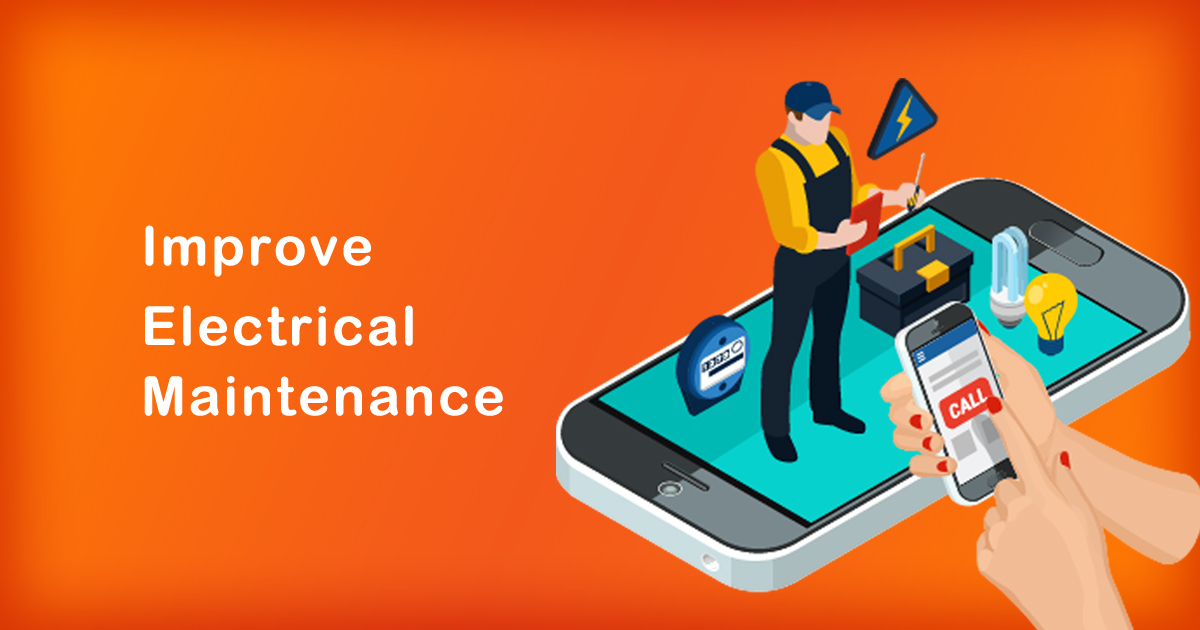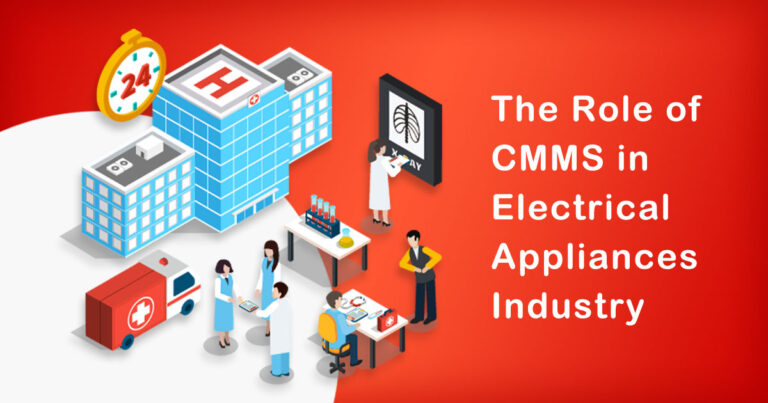Introduction
Proper electrical maintenance is essential for the safe and efficient functioning of any facility, whether it’s a manufacturing plant, hospital, or office building. Electrical systems are critical to the operation of any facility, and failures can result in serious damage, lost productivity, or even injury to personnel.
To prevent such incidents, it’s crucial to have a comprehensive electrical maintenance program in place. Computerized Maintenance Management Systems (CMMS) can help facilities manage their maintenance tasks efficiently and effectively, leading to improved equipment reliability, reduced downtime, and increased safety. In this blog, we’ll explore how CMMS can improve electrical maintenance and what you need to know to implement it successfully.
What is CMMS?
A CMMS is a software system that helps manage maintenance operations in a facility. It’s a centralized database that stores information about all maintenance activities, such as scheduled maintenance tasks, work orders, and repair history. The system can generate reports, schedule maintenance tasks, and provide real-time information about equipment status, inventory, and personnel.
How can CMMS improve electrical maintenance?
1. Preventive maintenance scheduling
Preventive maintenance is a critical aspect of electrical maintenance, and CMMS can help facilities implement a preventive maintenance program. The system can schedule preventive maintenance tasks, such as inspecting and testing electrical equipment, cleaning electrical panels, and checking for loose connections. By performing these tasks on a regular basis, facilities can identify potential issues before they become more significant problems, leading to reduced downtime and increased equipment reliability.
2. Work order management
Work orders are the foundation of any maintenance program. CMMS can streamline the work order process, from creation to completion. Work orders can be generated automatically or manually, and they can be assigned to specific personnel or departments. The system can also track work order progress, provide status updates, and send alerts if a task is overdue or completed. This ensures that all maintenance tasks are completed on time and that nothing falls through the cracks.
3. Asset management
Electrical systems can consist of many assets, including generators, transformers, switchgear, and motors. CMMS can track and manage these assets, including inventory, maintenance history, and warranty information. This information can be used to identify which assets are most critical, which require more frequent maintenance, and which need to be replaced. By having a complete picture of their electrical assets, facilities can make more informed decisions about maintenance and replacement, leading to improved equipment reliability and reduced downtime.
4. Real-time data
One of the most significant advantages of CMMS is the ability to collect and analyze real-time data. Sensors and other monitoring devices can be integrated into the system to provide real-time information about equipment status, performance, and energy consumption. This information can be used to identify potential issues before they become significant problems, optimize maintenance schedules, and reduce energy costs. Real-time data can also be used to identify trends and patterns, leading to more informed decision-making about equipment maintenance and replacement.
5. Compliance
Electrical systems must comply with various regulations and standards, such as OSHA, NFPA, and NEC. CMMS can help facilities stay compliant by tracking maintenance and inspection schedules, recording test results, and generating compliance reports. This ensures that all maintenance tasks are performed in accordance with regulations and standards, leading to increased safety and reduced liability.
Conclusion
Proper electrical maintenance is critical for the safe and efficient operation of any facility. CMMS can help facilities improve their electrical maintenance programs by streamlining work order management, asset management, and preventive maintenance scheduling, providing real-time data, and ensuring compliance with regulations and standards. By implementing CMMS, facilities can reduce downtime, increase equipment reliability, and improve safety. If you’re interested in improving your electrical maintenance program, consider implementing a CMMS system.








